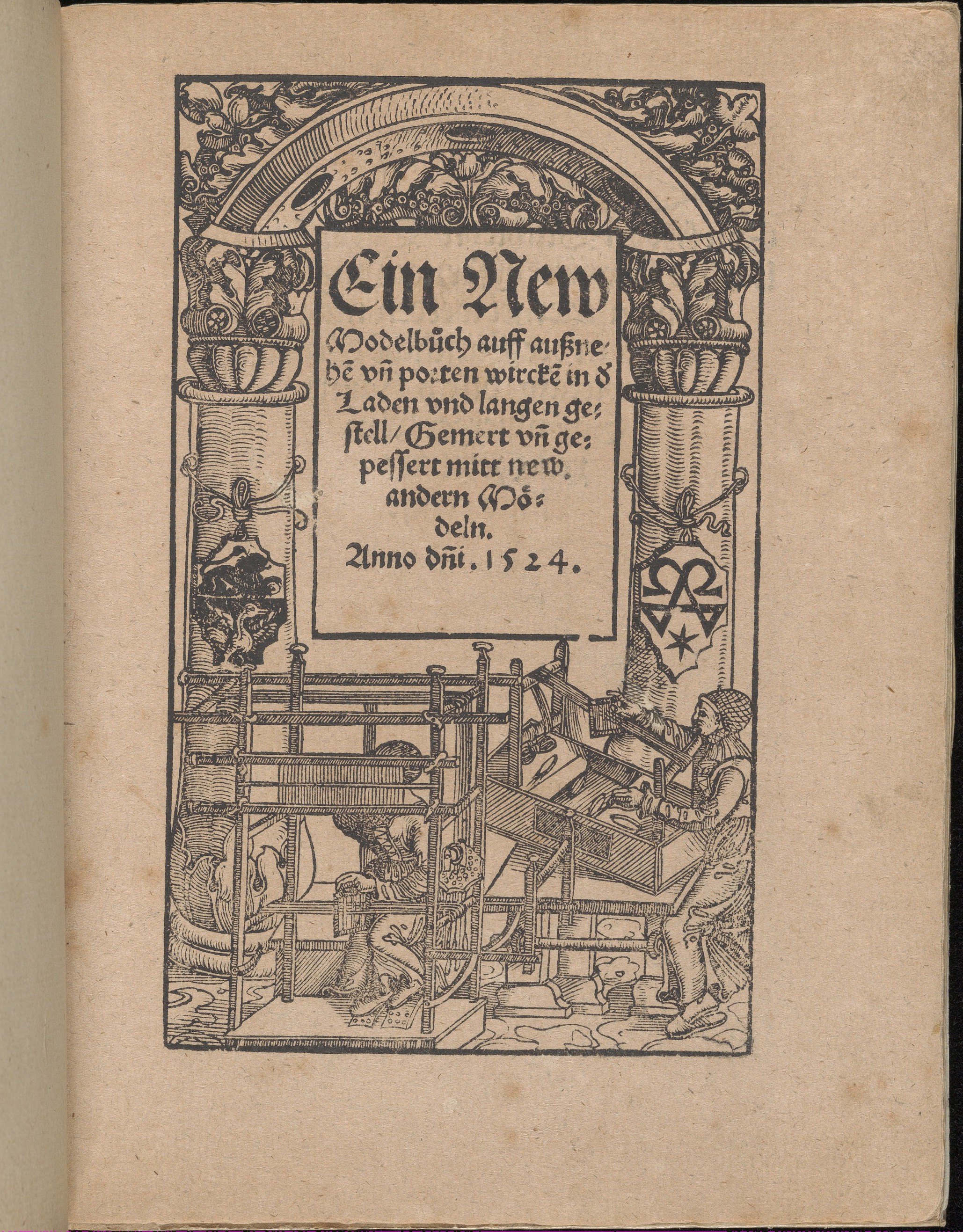Re-enactment weaving
May. 31st, 2024 03:46 pmHaving just paid my £20 membership for the English Civil War Society (and £5 extra to the regiment of my choice - Norfolke Trayned Bandes), I'm trying to find out how my inkle and tablet weaving hobbies would have worked in 1642.
The first one is from 1524, German, I presume. You have to look at the man on the right - his loom is supported in a box. It has two horizontal bars, supported by horizontal ones. The warp thread runs between the two horizontal bars and runs over the back bar to where extra warp is wound round another horizontal bar. On the warp, he is holding a square piece of wood with vertical slits in it (or possibly a wooden frame with strong thread tied across in several vertical rows.. That's called a rigid heddle. Every odd thread will pass through one part of the heddle, and every even thread passes though in a different way (the picture can't handle detail on that scale). When the heddle is lifted, it will raise all the odd-numbered threads, thus allowing the weft to pass under the odd threads, but over the even ones. When the heddle is moved down, the situation is reversed.
It allows you to weave in and out of the warp threads with no more effort than swapping the heddle position and passing the weft shuttle through. Reverse the heddle and pass the weft the other way, rinse and repeat until your band is as long as desired.
More types of loom to come, but I thought I'd stick to one per post.
